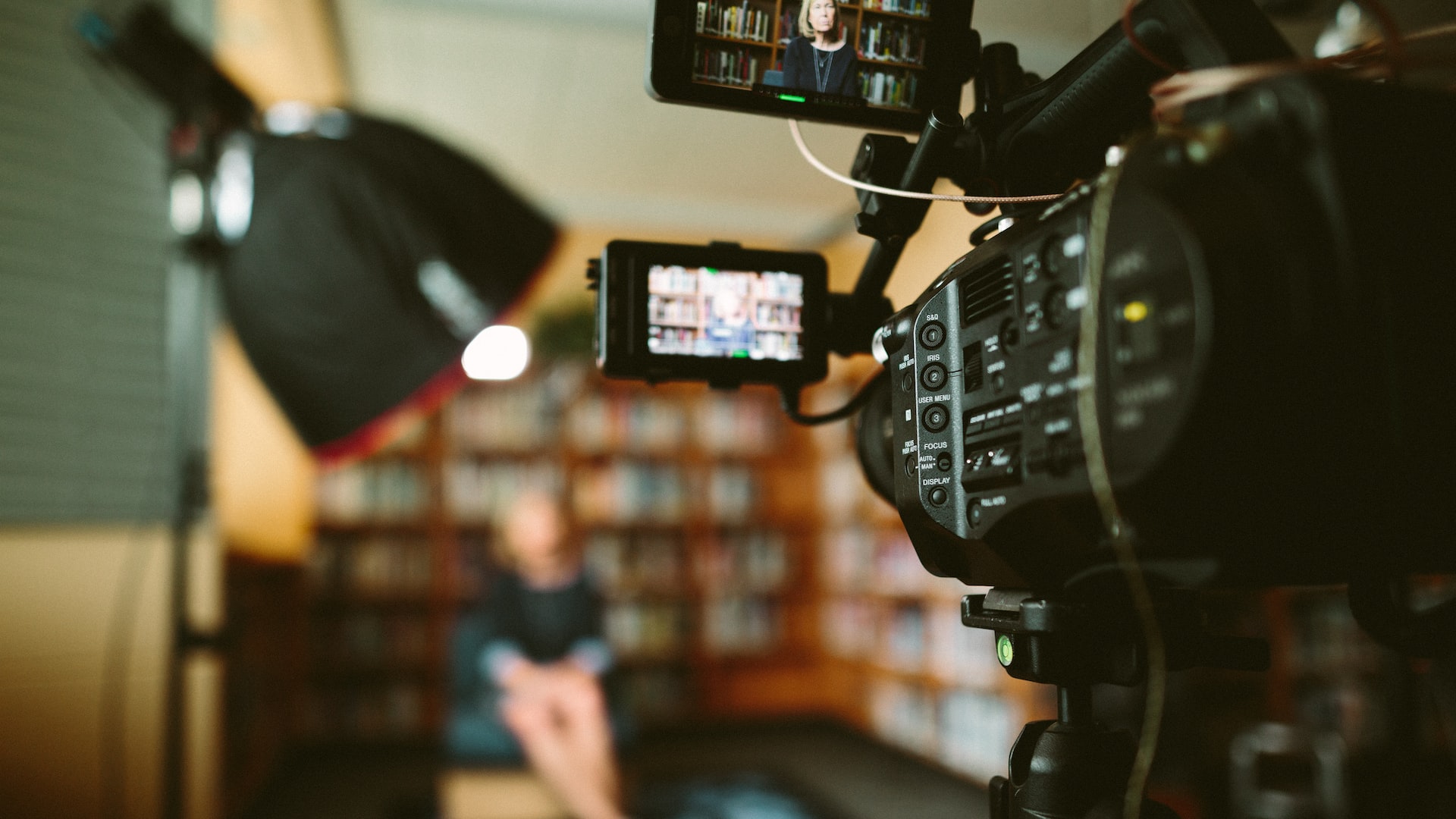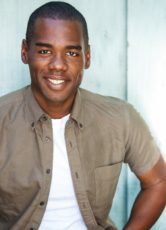
I have been teaching commercial acting for over 20 years and auditioning for over 40 and have never figured out a way to teach actors how to work on set.
I have found numerous techniques to hone their skills in the audition room. I have created techniques on how to stand out and be noticed for good solid work. I have even found ways to recreate a callback setting so actors can deal with the nerves when a job is at stake.
But being on set is its own beast. I am going to give my sage advice on things to do and things to avoid once you have booked the elusive job.
Let’s start with the fitting
I strongly suggest you come dressed as an option for the role. If they ask you to bring some wardrobe choices to the fitting, bring a few. You don’t need to bring your entire closet, just one or two strong choices, and wear one of them to the fitting.
Make sure your hair is washed and you wear makeup or come as if you were going to the callback. I have seen people lose the job after being cast because they are so casual or unkempt and that is not how the CLIENT sees the character. You should always present your most cast-able self anytime you are around those hiring you.
Often what I wear to the fitting is selected for the job. Make sure you wear nude underwear or things that will not detract from the outfits you will be trying on. I suggest pantyhose for women because they may have you change behind the clothes rack or some other makeshift dressing area.
Great! On to the shoot day..
First: Get to the set at least a half hour early. Walk around and say hello to people. Introduce yourself. Have a bite to eat and relax in the setting. Find a place to drop your things in your room. Note that often nowadays there are rarely separate trailers for actors —especially on commercials. Budget cuts and the like have impacted this. So find a spot where you can put your stuff down and travel light. Bring a phone, a book and maybe some comfy shoes… that is it.
Second, Get to know the names of the AD (assistant director) or second AD who will be signing you in and monitoring your whereabouts. Let them know where you are so they can find you. Nothing irritates them more than looking for you when they need you in makeup or on set. The more you can know the names of the folks working on the shoot, the better and the more comfortable you will be.
In all likelihood, one of the first things you will do is sign your contract. ALWAYS SNAP A PHOTO OF IT and send a copy to your agent even if you think it is fine. Should there be any discrepancies, you’ll want your agent to work them out. You are there to act, to create and to be of service. Let the agents negotiate on your behalf.
Be kind, respectful and professional. Have your photo ID, passport or social security card handy for them and any other paperwork you need. Know the address of your agency. You can always download contracts online and practice filling them out so you look like a pro.
SIT AROUND AND WAIT
Yes, they called you at 6:00 a.m. but don’t get around to shooting you till 3:00 in the afternoon. It does happen. This is where your patience and professionalism must come into play. You CANNOT complain. They are paying you for the day and you are to be ready and energetic when they call you to the set. Do whatever you have to do to stay focused.
SHOOTING
When the 2nd AD calls you to the set, be ready to go. First, they will do a rehearsal with the director and the DP (Director of Photography) to see how they are going to shoot the scene. Give your all in the rehearsal. This is where they can see what will work and what won’t.
Don’t hold it back for the actual shoot as they may not know how to cover it. Drop the ego and listen to what all of the moving parts are. They may need to make changes because of lighting, or cast, or angles. This has nothing to do with you, but it will affect what you do in the scene.
LISTEN.
Then they may ask you to step away while they light or set up the scene.
Stay close by and make sure they know where you are. Keep your energy up and pleasant and be respectful of the others doing their equally important work.
They usually start with a wide shot, covering the whole scene. Still, give it your all in every take. Be open and available for notes from the director.
Be open to listening to the assistant director as well because the director will frequently tell the AD what they want from you in the shot.
After they have THE WIDE…
Then they will come in closer, for perhaps a two-shot or just another angle. Things may adjust. They might pull out the table that you had in the scene because they need to get in closer with the equipment. People are all around sticking things in your face, light meters, make-up people with powder puffs or maybe you are sweating and the makeup person is nowhere to be found. Don’t be afraid to quietly ask the AD if the makeup person is close by because you feel shiny.
Be open to the notes, because if and when they do several or many takes, it is often other factors such as lighting, camera or focus that are causing them to do so many takes to achieve the desired effect. You want to keep it fresh and new as if it was the first time you said it, but unless they suggest it, keep doing what they asked for.
If the director seems to be reaching for something in your performance, try it. Repeat what the director said in a playable action. If the director says, “Let’s speed it up.”, you can ask, “So more urgency?” Or if the director says to take more time, you can ask, “So languish in the moment?” This way, you are collaborating with the director and giving yourself something playable to do.
Often the producer or clients will have a way they want to try and it doesn’t mean what you were doing was wrong; they just want to have options to look at in order to pick the right one for the spot, film or episode.
I AM READY FOR MY CLOSEUP
This is where most actors fall apart. Something about the camera being up close and personal gets them all shook up. Remember who you are talking to and what you want and try to anchor yourself with something or someone.
You might be looking at a blue piece of tape when before in the wide shot you had an actual person or something real to look at. Now you have to have the same reaction with a piece of tape. Use your memory or emotional recall to capture the picture in your mind’s eye and make it as believable as you can.
Want to get your acting career started? Sign up or login to Casting Frontier and start auditioning today!
You may also like:
- Make the Most of Your Commercial Callbacks
- Booking Without a Callback
- Actor Spotlight Parker Queenan: Booking a Role Requires Patience
About the author: Judy Kain is an actress who has been in over 400 commercials. Her television credits include recurring roles in The Odd Couple, Hand Of God and The Fosters. Judy owns Keep It Real Acting Studios in North Hollywood.
Written by Judy Kain




